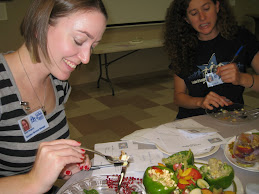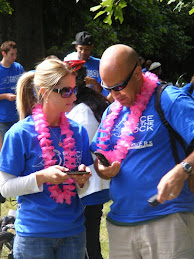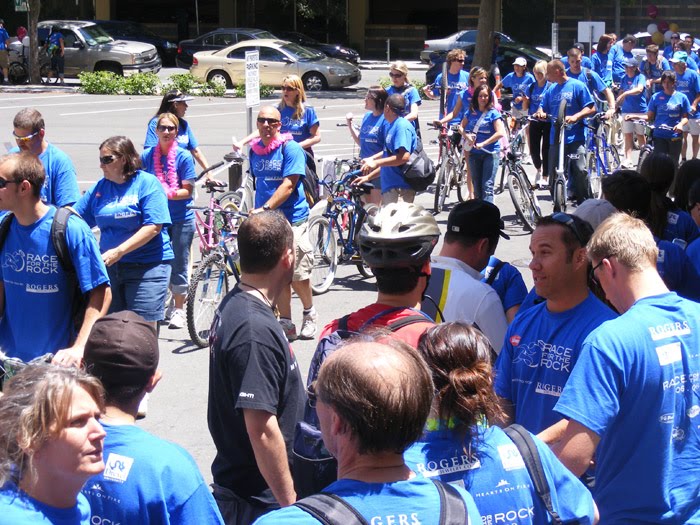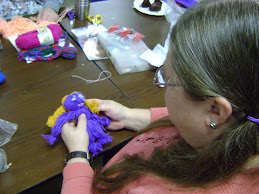Discovery Museum
The youth went to the Discovery Museum to see animals and science projects last week. The discovery museum has
animals, space and many other ancient items from the past. The trip was very
interesting because we got to see animals live and actual skeletons.
The animal hall has
animals, some live and some leaving behind bones known as modern day
fossils. The animal hall has bear pelts, live fish, rabbits and frogs. They
also have the fossils of dinosaurs, leaves and butterflies. The favorite
animal was the lion face rabbit.
Another exciting thing
sectioned in the Animal Hall that was a intriguing game called Swim For Your
Life. It is similar to the game system the Wii. The major difference is that
you use your body as the controller. This by far was the major highlight of the
whole field trip because the youth kept doing it over and over again.
The science and space
center is based on scientific research and contains numerous science projects.
Inside holds moon rocks, Cosmos the Robot and different inventions. Everyone's favorite
was looking at the rocks and the special sand. They all wanted to show each
other their favorite things making the trip unforgettable.
The trip was amazing
because the youth got to see new things and play games. The trip was full of
adventure. It was another great memory added to the
youth's fun filled summer.
The Sacramento
Police Department came to talk to the youth today. The youth and law
enforcement officers discussed the importance of not trusting strangers and
safety strategies. Stranger Danger is the danger to children present by
strangers.
The youth learned to not talk to strangers and to not do anything they say because it could
result in putting the youth at risk for danger. In the future they will use
these strategies to protect them from harmful people, who are suspected to be
dangerous. The highlight was being able to see a policeman and woman who gave
great insight on what to do if a problem rises.
In conclusion, the youth
were able to learn how to keep themselves safe and learn that they have
resources to protect them if they feel harmed.
Submitted by Journey A., Youth Education Intern at Sacramento Food Bank & Family Services.














